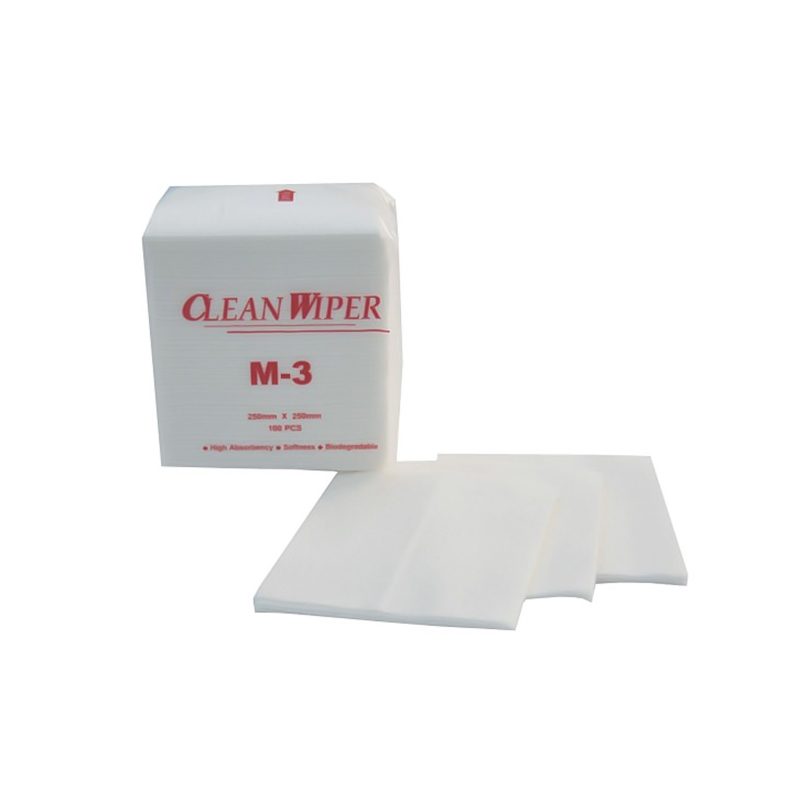Cleanroom printing paper is a printing material designed specifically for use in cleanroom environments. Cleanrooms are environments with strict requirements for air cleanliness and are widely used in semiconductor manufacturing, pharmaceuticals, biotechnology, food processing and other fields. In these environments, any tiny contaminants may affect product quality, so the equipment and materials used must meet specific cleanliness standards. As one of the basic materials, the design and performance of cleanroom printing paper must meet extremely strict requirements to ensure that no contaminants are introduced or the cleanliness of the production environment is affected.
This article will introduce the main features of cleanroom printing paper and compare it with ordinary printing paper to analyze the differences between them.
1. Main features of cleanroom printing paper
Low dust, low particle pollution
One of the most notable features of cleanroom printing paper is its low dustiness. Ordinary printing paper may release fine particles such as paper scraps, fibers and dust during production, storage and use. Cleanroom printing paper is specially processed to minimize the release of particles and prevent them from polluting the environment. This allows cleanroom printing paper to be used in cleanroom grades specified by ISO standards, ensuring the cleanliness of the production environment.
No static electricity
Static electricity is a potential source of pollution that affects the cleanroom environment, especially in the production of semiconductors and microelectronics. Cleanroom printing paper has antistatic properties, which can effectively reduce the accumulation and release of static electricity and prevent dust adsorption or electrical interference caused by static electricity. This feature allows cleanroom printing paper to be used safely in static-sensitive environments.
High strength and durability
Since operations in cleanroom environments usually require frequent use and handling, cleanroom printing paper usually has high strength and durability. Its surface is smooth and flat, not easy to break or deform, and can withstand high-frequency use. In addition, cleanroom printing paper also has good printing adaptability and can be used in various printing equipment to ensure printing quality.
Low volatile substances
The production process of cleanroom printing paper does not use harmful substances that may volatilize, such as volatile organic compounds (VOCs). This means that no harmful gases will be released when using cleanroom printing paper, avoiding pollution of the clean environment. Low volatility is a crucial feature for industries with strict environmental requirements such as pharmaceuticals and electronics.
Compliance with international standards
Cleanroom printing paper usually complies with relevant international cleanroom standards such as ISO 14644 and can be used under the specified cleanliness level. Its design and production must meet strict quality control standards to ensure that it does not affect the work efficiency and safety of the cleanroom.
2. Differences between cleanroom printing paper and ordinary printing paper
Particle pollution
Ordinary printing paper often contains more tiny particles, which will be dispersed into the air during the printing process and may pollute the clean environment. In contrast, cleanroom printing paper has been specially treated, and the particle content is much lower than that of ordinary paper, reducing pollution to the environment.
Antistatic property
Ordinary printing paper is prone to static electricity, which may attract dust and other pollutants. Cleanroom printing paper has been treated with antistatic, which can effectively avoid the generation and spread of static electricity, thereby preventing pollution and equipment damage caused by static electricity.
Production process
The production process of ordinary printing paper is relatively simple, while the production process of cleanroom printing paper is more rigorous. In order to ensure its cleanliness, cleanroom printing paper will undergo special filtration, cleaning and packaging during the production process to ensure that it meets the requirements of the cleanroom.
Requirements for application environment
Ordinary printing paper is suitable for general environments such as homes and offices, while cleanroom printing paper can only be used in specific clean environments. It is suitable for cleanrooms of ISO 5 to ISO 9 levels, and can ensure that it will not affect the production process and product quality in the cleanroom.
Cost difference
Because the production process of cleanroom printing paper is more complicated and needs to meet higher standards, its cost is usually higher than that of ordinary printing paper. Nevertheless, for cleanroom environments, choosing high-quality cleanroom printing paper is a necessary investment to ensure production safety and product quality.

 中文简体
中文简体 English
English Español
Español русский
русский Deutsch
Deutsch Français
Français













